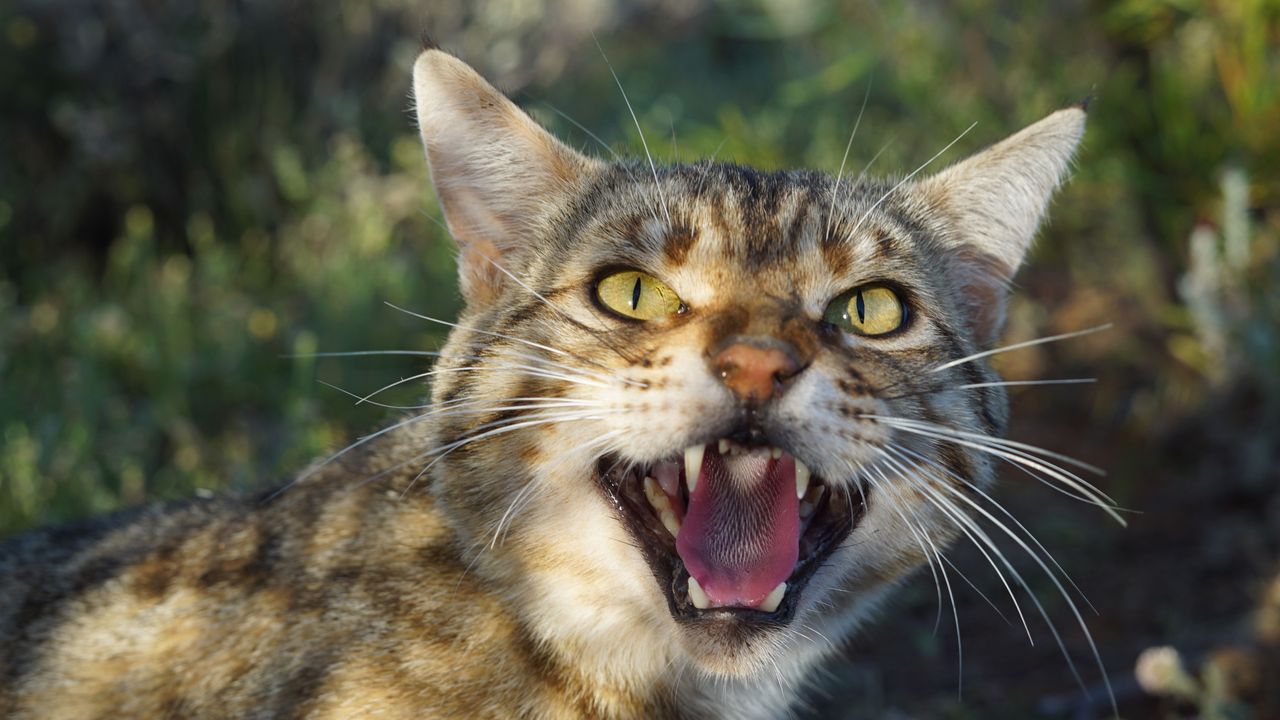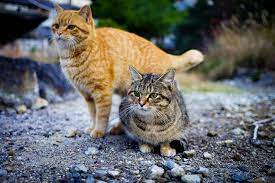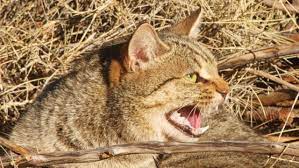
Protecting Australia's Wildlife from Feral Cats
Feral cats are a significant threat to Australia’s unique biodiversity. Learn about their impact and how you can help conserve our native species.
Addressing the Impact of Feral Cats in Australia
Australia faces a significant environmental challenge due to the presence of feral cats. These cats, which are not native to Australia, have caused considerable harm to the country's biodiversity. Understanding the scale and implications of this issue is crucial for developing effective conservation strategies.

The Problem of Feral Cats
Feral cats have established themselves across almost the entirety of Australia. Their adaptability and predatory nature have made them a formidable threat to native wildlife. According to the Invasive Species Council, these cats are responsible for the decline and extinction of several native species. They prey on small mammals, birds, reptiles, and insects, disrupting the ecological balance.

Ecological Impact
The predation by feral cats has had a devastating impact on Australia's native species. For example, they have contributed to the extinction of some ground-dwelling birds and small mammals. The loss of these species not only diminishes biodiversity but also affects the ecological functions they perform, such as seed dispersal and pest control.

Conservation Efforts
Efforts to manage and control feral cat populations are critical. These include trapping and removing cats from sensitive areas, promoting responsible pet ownership to prevent domestic cats from becoming feral, and researching fertility control methods. Public awareness and community involvement are also essential components of these efforts.
Protecting Australia's unique wildlife from the threat of feral cats requires a multifaceted approach.
By supporting conservation initiatives and practicing responsible pet ownership, individuals can contribute to the preservation of the country’s rich biodiversity.
For more detailed information on the impact of feral cats in Australia and ongoing conservation efforts, visit the Invasive Species Council.
Credit: Invasive Species Council, "Cats in Australia."
